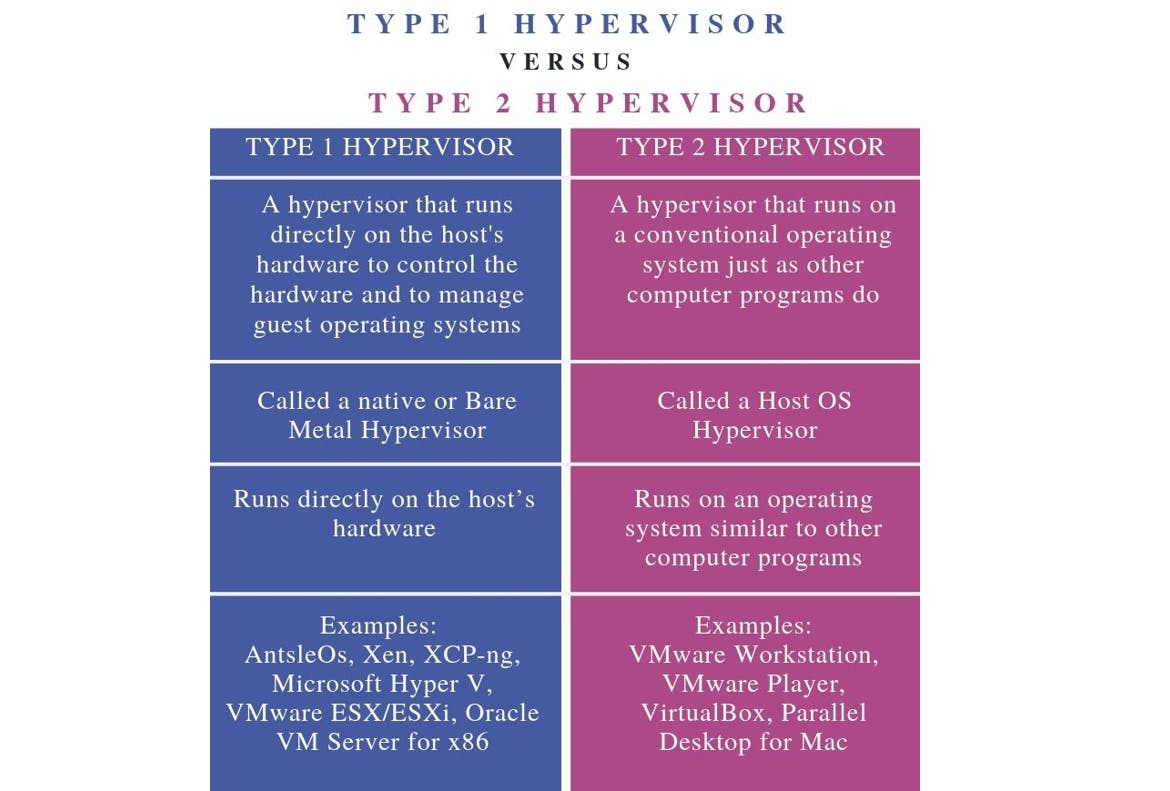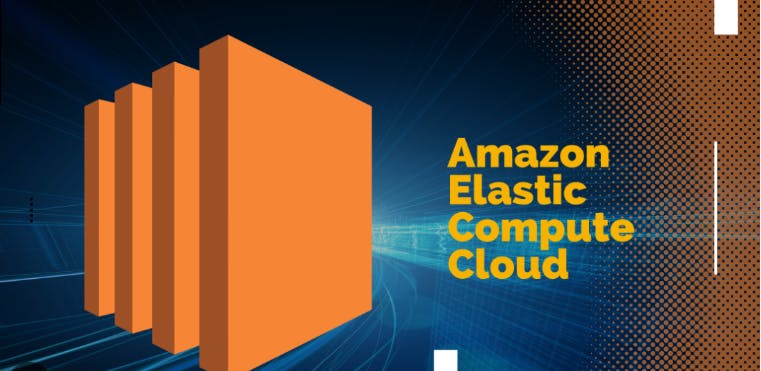Title: Demystifying Virtualization: Building from Scratch and Understanding with Simple Examples
Virtualization is a foundational technology that has revolutionized the way we deploy and manage computing resources. Whether you're a seasoned IT professional or a curious enthusiast, understanding the basics of virtualization can unlock a world of possibilities. In this blog, we'll embark on a journey to build a virtualized environment from scratch, demystifying the concept along the way with straightforward examples.
What is Virtualization?
At its core, virtualization is the process of creating a virtual (rather than actual) version of something, whether it be an operating system, storage device, or network resources. In the context of computing, virtualization involves creating a virtual representation of computer hardware, software, storage, or network resources. This allows for the efficient utilization of resources, improved scalability, and enhanced flexibility in managing and deploying IT infrastructure

1. The Need for Virtualization
Before diving into the nitty-gritty details, let's grasp the fundamental problem that virtualization aims to solve: resource utilization inefficiency. Traditionally, each physical server or computer system would run a single operating system (OS) and host a specific set of applications. This led to underutilization of resources, as the hardware's full potential was rarely tapped.
2. Server Virtualization: A Practical Example
To illustrate the concept of virtualization, consider a scenario where a business has multiple applications, each requiring its own server. Without virtualization, this would mean deploying several physical servers, each dedicated to a single application. Server virtualization changes this paradigm by allowing multiple virtual machines (VMs) to run on a single physical server.
Imagine a physical server as a pizza, and each slice of the pizza as a virtual machine. In this analogy, the entire pizza represents the physical server's resources. With virtualization, each slice (VM) operates independently, running its own OS and applications, yet they all share the same underlying resources. This enhances resource utilization, reduces hardware costs, and simplifies management.
Building Blocks of Virtualization:
Hypervisor: The hypervisor, also known as a Virtual Machine Monitor (VMM), is the key player in virtualization. It sits between the hardware and the operating systems, managing the allocation of resources to each virtual machine. There are two types of hypervisors: Type 1, which runs directly on the hardware, and Type 2, which runs on top of an operating system.
Guest Operating Systems: These are the virtual machines that run on the hypervisor. Each VM operates independently, believing it has full control of the underlying hardware.
Host Operating System: The host OS is the operating system that runs on the physical hardware. In the case of Type 2 hypervisors, this OS hosts the hypervisor.
Hypervisor Types: Unveiling the Key Player
1. What is a Hypervisor?
At the heart of server virtualization is the hypervisor, a critical component that manages and allocates resources among virtual machines. There are two primary types of hypervisors: Type 1 (bare-metal) and Type 2 (hosted).
2. Type 1 Hypervisor: Bare-Metal
A Type 1 hypervisor runs directly on the hardware, eliminating the need for an underlying operating system. This results in better performance and resource utilization. An exemplary Type 1 hypervisor is VMware ESXi. Picture it as the conductor of an orchestra, directly managing the allocation of resources to each virtual machine without any intermediary.
3. Type 2 Hypervisor: Hosted
Conversely, a Type 2 hypervisor runs on top of an existing operating system, acting as an application. While it adds an additional layer, it offers more flexibility for testing and development. Oracle VirtualBox is an example of a Type 2 hypervisor. Visualize it as a manager overseeing the orchestra from the audience, coordinating virtual machines through the host operating system

Let's Build a Simple Virtualized Environment:
Step 1: Choose a Hypervisor
For our example, let's go with a Type 2 hypervisor like VirtualBox. It's user-friendly and suitable for learning purposes.
Step 2: Install the Hypervisor
Download and install VirtualBox on your computer. This step may vary depending on your operating system, but the process is generally straightforward.
Step 3: Create a Virtual Machine
Open VirtualBox and create a new virtual machine. Specify parameters like RAM, storage, and network settings. Think of this as setting up a new computer within your computer.
Step 4: Install an Operating System
Install an operating system on your virtual machine, just like you would on a physical computer. This could be a Linux distribution, Windows, or any OS of your choice.
Step 5: Run Multiple Virtual Machines
Repeat steps 3 and 4 to create and run multiple virtual machines on your host system. Each VM is isolated from the others, creating a virtualized environment.
Understanding the Magic:
Isolation: Virtualization provides a high level of isolation between virtual machines. If one VM crashes or encounters issues, it doesn't affect the others.
Resource Optimization: The hypervisor efficiently allocates resources to virtual machines, ensuring optimal use of CPU, RAM, and storage.
Flexibility and Scalability: Virtualized environments are highly flexible. You can easily scale up or down by adding or removing virtual machines as needed.
Drawbacks of Virtualization:
Resource Overhead: Virtualization introduces some performance overhead due to the additional layer of abstraction.
Complexity: Managing virtualized environments can be complex, requiring expertise in both virtualization technologies and the underlying infrastructure.
Licensing Costs: Some virtualization solutions come with licensing fees, adding to the overall cost of implementation
Real-World Example: Cloud Computing
Cloud computing is a perfect example of virtualization in action. Cloud providers use virtualization to offer scalable and flexible computing resources to users. When you spin up a virtual server on a cloud platform, you're essentially using a virtualized environment.
Example: AWS Elastic Compute Cloud (EC2) allows users to spin up virtual servers in a virtualized environment on-demand.

Conclusion:
In conclusion, virtualization is a transformative technology that has reshaped the IT landscape. By creating virtual versions of computing resources and leveraging hypervisors, organizations can achieve greater efficiency, flexibility, and cost savings. Whether you're a seasoned IT professional or a curious enthusiast, building a virtualization setup from scratch provides valuable insights into the intricacies of this powerful technology. As you delve into the world of virtualization, you'll discover endless possibilities for optimizing infrastructure and enhancing the way we harness the potential of computing resources
#Virtualization 🚀#TechInnovation 💡#ITInfrastructure 🌐#CloudComputin☁️#Hypervisor 💻#ServerVirtualization 🖥️#DataCenter 🏢#TechBlog 📰#DigitalTransformation 🌐#CloudTech ☁️#VirtualMachines ⚙️#TechTrends 📈#ITManagement 🛠️#DevOps 🚀#TechSolutions 🌐#FutureTech 🔮#EnterpriseTech 🏢#ITStrategy 📊#InnovationInTech 🚀#VirtualizationJourney 🛣️
